Baluch Rugs: Authentic Afghan & Persian Styles
The Unique Essence of Baluch Rugs
Origin and Cultural Significance
Baluch rugs, originating from the Baluchistan region spanning Iran, Afghanistan, and Pakistan, reflect a rich cultural history. Known for their 'baluch rug' and 'baluchi rug' styles, these rugs are deeply rooted in the nomadic traditions of the Baluch people. The weaving techniques, passed down through generations, encapsulate the artistry and resilience of these nomadic tribes. Baluch rugs are not just artistic expressions but also serve practical purposes in everyday life. The patterns, colours, and motifs used in these rugs carry deep symbolic meanings, often depicting the weavers' life stories, beliefs, and the natural world around them.
The process of creating a Baluch rug is intricate and time-consuming, involving skills honed over centuries. The dyes used are typically natural, contributing to the rugs' distinctive colour palette, characterized by deep blues, reds, and earthy browns. These colours remain vibrant over time, adding to the rug's beauty and value. Each rug is unique, with no two rugs being exactly alike, making them not just decorative items but pieces of cultural heritage. The Baluch rug is a testament to the enduring art of rug making and the rich cultural tapestry of the Baluch people.
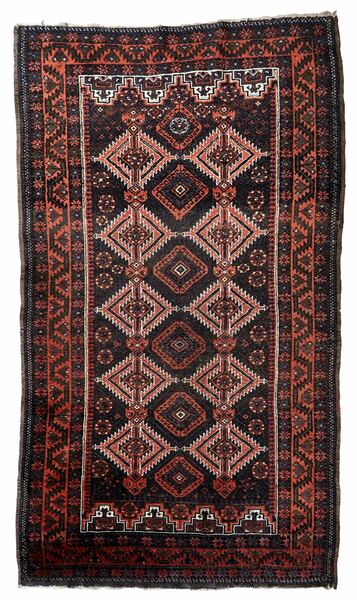
The Artistry and Craftsmanship of Baluch Rugs
Intricate Design Patterns
The artistry of Baluch rugs is most evident in their intricate design patterns and the skilled craftsmanship involved in their creation. The designs of these rugs are deeply symbolic, featuring a blend of geometric patterns, tribal motifs, and ancient symbols. The use of repetitive patterns, coupled with the harmonious blend of colors, creates a visual narrative that is both captivating and meaningful. The 'vintage baluch rug' style is particularly notable for its historical value and aesthetic appeal. These rugs often become collectors' items, prized for their unique designs and the stories they tell. The materials used in Baluch rugs, primarily wool, are of the highest quality. The wool is hand-spun, giving the rugs a unique texture and durability. The weaving techniques employed in making Baluch rugs are traditional and labor-intensive, requiring a high level of skill and precision. This attention to detail ensures that each rug is not only beautiful but also durable, capable of withstanding the test of time. The combination of quality materials, skilled craftsmanship, and unique designs make Baluch rugs a valuable addition to any collection.
Baluch Rugs Across Borders: Afghanistan and Persia
Regional Variations and Characteristics
Baluch rugs are celebrated for their distinct styles that vary significantly across different regions, particularly between Afghanistan and Persia. The 'baluch rug Afghanistan' and 'Persian baluch rug' styles represent these regional differences. Afghan Baluch rugs are known for their robustness, often featuring bold, geometric patterns and a darker colour palette. In contrast, Persian Baluch rugs showcase more intricate designs, with a finer weave and a diverse colour palette. This distinction highlights the rich tapestry of cultural influences that shape the artistry of Baluch rugs.
Understanding the Global Context of Baluch Rugs
Comparison with Persian and Turkish Rugs
Baluch rugs occupy a unique position in the vast tapestry of Oriental rugs, often drawing comparisons with Persian and Turkish rugs. This section addresses the question, 'What's the difference between a Persian rug and a Turkish rug?', highlighting how Baluch rugs stand distinct in their style and craftsmanship. Furthermore, the discussion extends to the broader spectrum of Iranian rugs, answering 'What is a traditional Iranian rug called?' and exploring how Baluch rugs fit within this rich cultural landscape.
Joe Rugs - Carpet Expert
Hello! I'm Joseph Rugs, the founder of CarpetJoe.com and your guide through the intricate world of carpets. Born and raised in London with a deep-rooted passion for art and culture, I've explored the globe to bring the rich tapestry of carpet weaving right to your screen. My academic background in arts and humanities from Oxford has fuelled my curiosity, leading me to uncover the stories behind every knot and weave. As a family man, my adventures are shared with my loved ones, enriching our lives with every piece of art we encounter. Join me as we explore the beauty and craftsmanship of carpets together.
Common Types or Rugs
Each type of Oriental rug has its unique charm and story, making them more than just a luxury item; they are a piece of their country's cultural legacy. Collectors and enthusiasts of Oriental and Persian rugs appreciate them not only for their aesthetic appeal but also for their cultural, historical, and artistic significance.
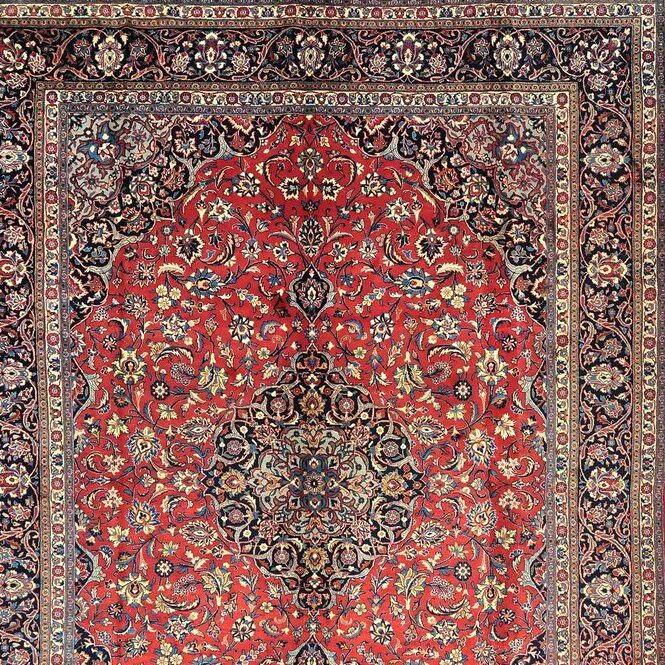
Persian Rugs
Originating from what is now modern-day Iran, Persian rugs are celebrated for their unparalleled craftsmanship and enduring beauty.
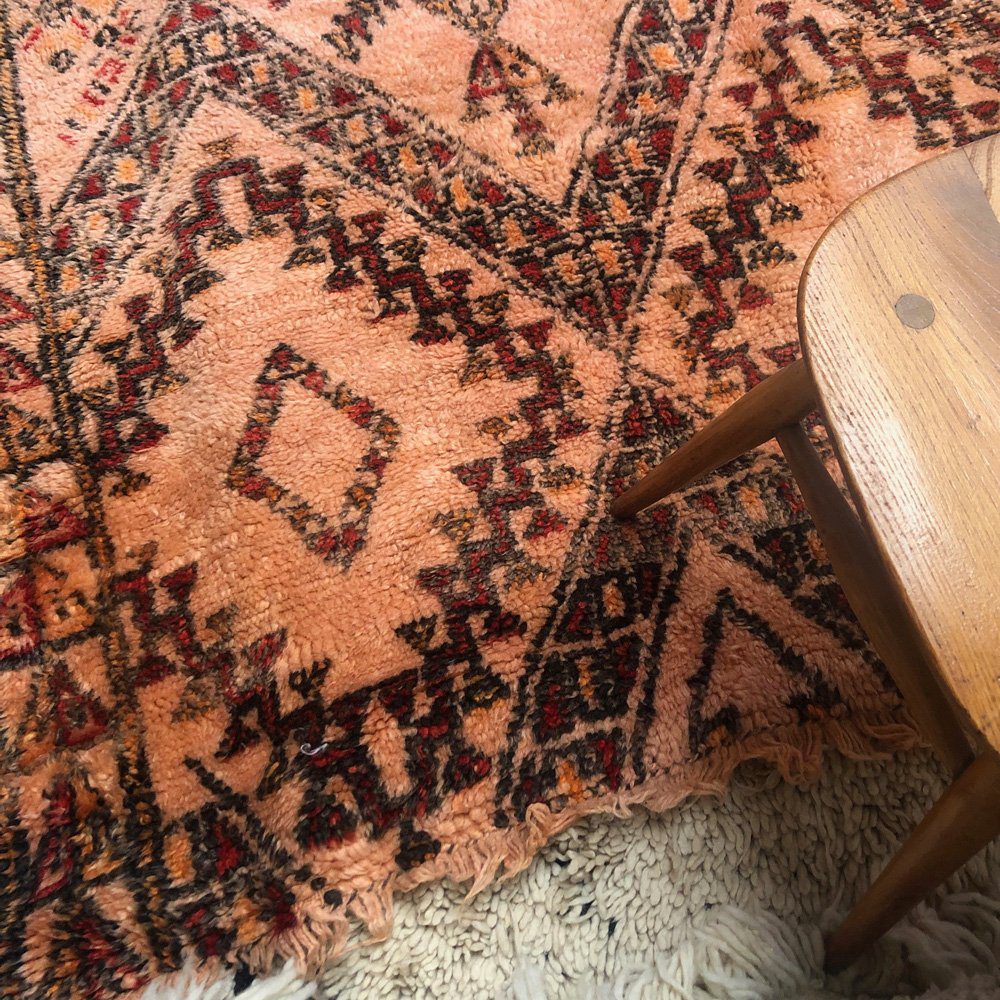
Berber Rugs
Originating from the Berber tribes of North Africa, particularly Morocco, this type of carpet is renowned for its rugged texture and resilient nature.
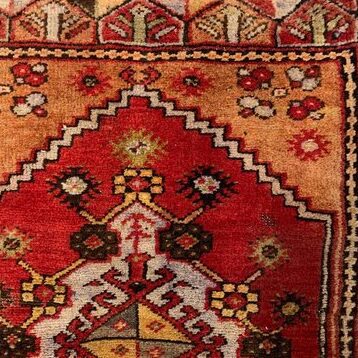
Turkish Rugs
Turkish rugs have a legacy steeped in history and artistry, and have always been a symbol of exquisite craftsmanship and cultural significance.
Carpet Care & Maintenance
Rug Cleaning Mastery and Solutions to Common Damages
Understanding the proper techniques for rug cleaning is essential for maintaining their beauty and longevity. Regular vacuuming is a key step in preventing dust and dirt accumulation. However, deeper cleaning methods, such as steam cleaning or dry cleaning, are necessary for removing stubborn stains and embedded dirt.
Steam cleaning, or hot water extraction, is particularly effective for thorough cleaning and sanitizing.
For delicate rugs, dry cleaning with special powders or solvents is advisable.
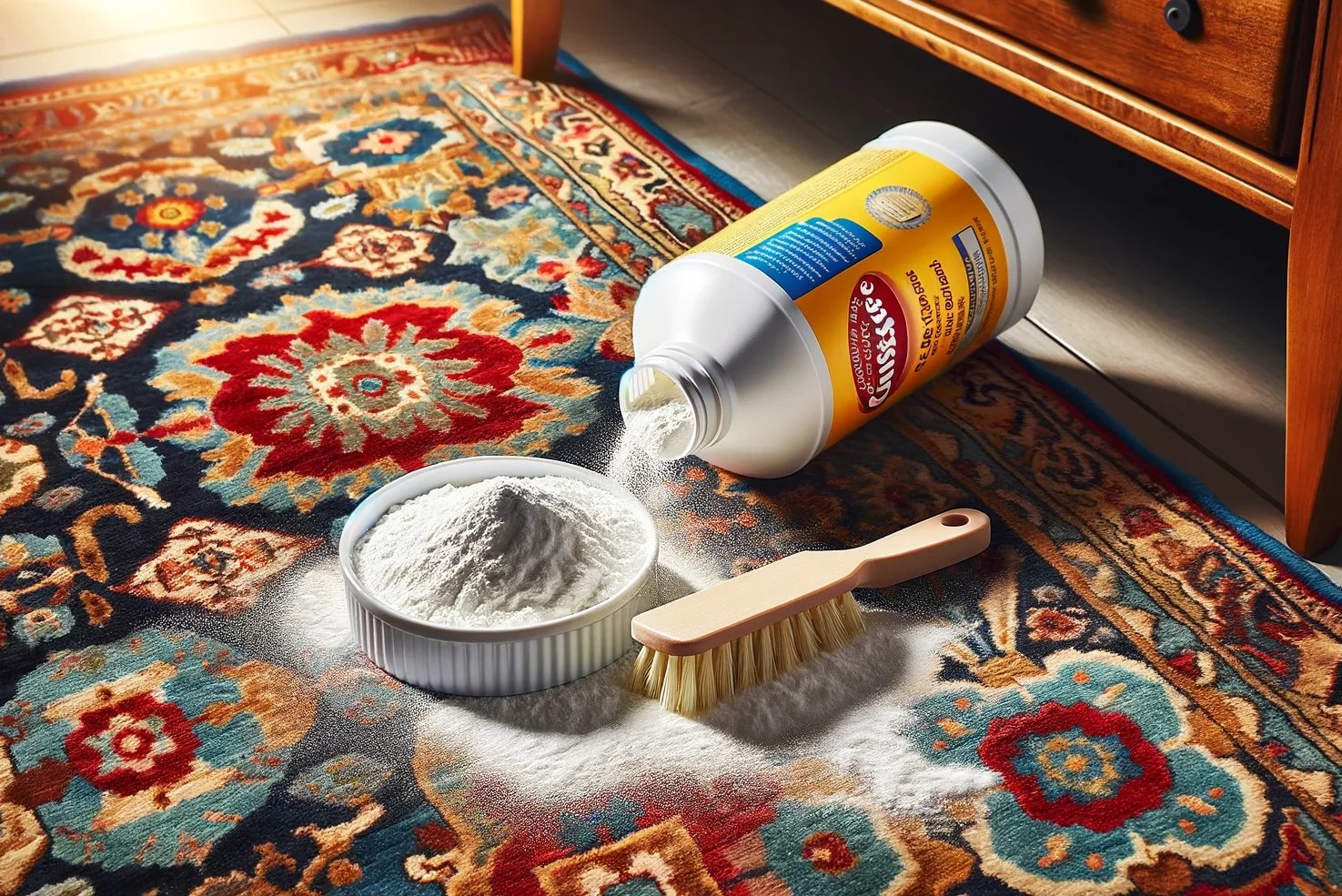
Homemade Flea Treatments for Carpets
Homemade flea treatments for carpets offer a natural and cost-effective alternative to commercial products. Read More →
Frequently Asked Questions
A Baluchi rug is a type of handwoven rug originating from the Baluchistan region, which spans parts of Iran, Afghanistan, and Pakistan. These rugs are known for their distinctive style, featuring dark color palettes, rich reds, deep blues, and traditional motifs. Baluchi rugs are typically smaller than other types of Persian rugs and are valued for their unique tribal patterns and high-quality craftsmanship.
Balouch rugs come from the Baluchistan region, a large area that covers parts of Iran, Afghanistan, and Pakistan. The Baluch people, a nomadic tribe, are traditionally known for their rug weaving, and these rugs reflect their rich cultural heritage and nomadic lifestyle.
The primary difference between Persian and Turkish rugs lies in their knotting techniques and designs. Persian rugs typically use a single looping knot, which allows for more intricate and varied designs, while Turkish rugs use a double-loop knot, known as the Ghiordes knot, making them slightly more durable but less detailed. Additionally, Persian rugs often have more elaborate patterns with a wider color palette compared to the more geometric and tribal designs of Turkish rugs.
A traditional Iranian rug is often referred to as a Persian rug, which is a broad term encompassing various styles of rugs woven in Iran. These rugs are world-renowned for their intricate designs, fine craftsmanship, and rich colors. Specific types include Tabriz, Isfahan, Qum, and Kashan, each named after the region where they are made and known for their distinct patterns and weaving techniques.
Cleaning a Persian rug requires a delicate balance of gentle care and effective techniques. For regular maintenance, vacuuming without the beater bar is recommended to avoid damaging the fibers. For spills, blot immediately with a clean, dry cloth. Avoid using harsh chemicals; instead, use water and mild detergent, and rinse with clean water. For deep cleaning, it's advisable to consult professional rug cleaners who specialize in Persian rugs, as they have the expertise and equipment to clean without causing damage.



